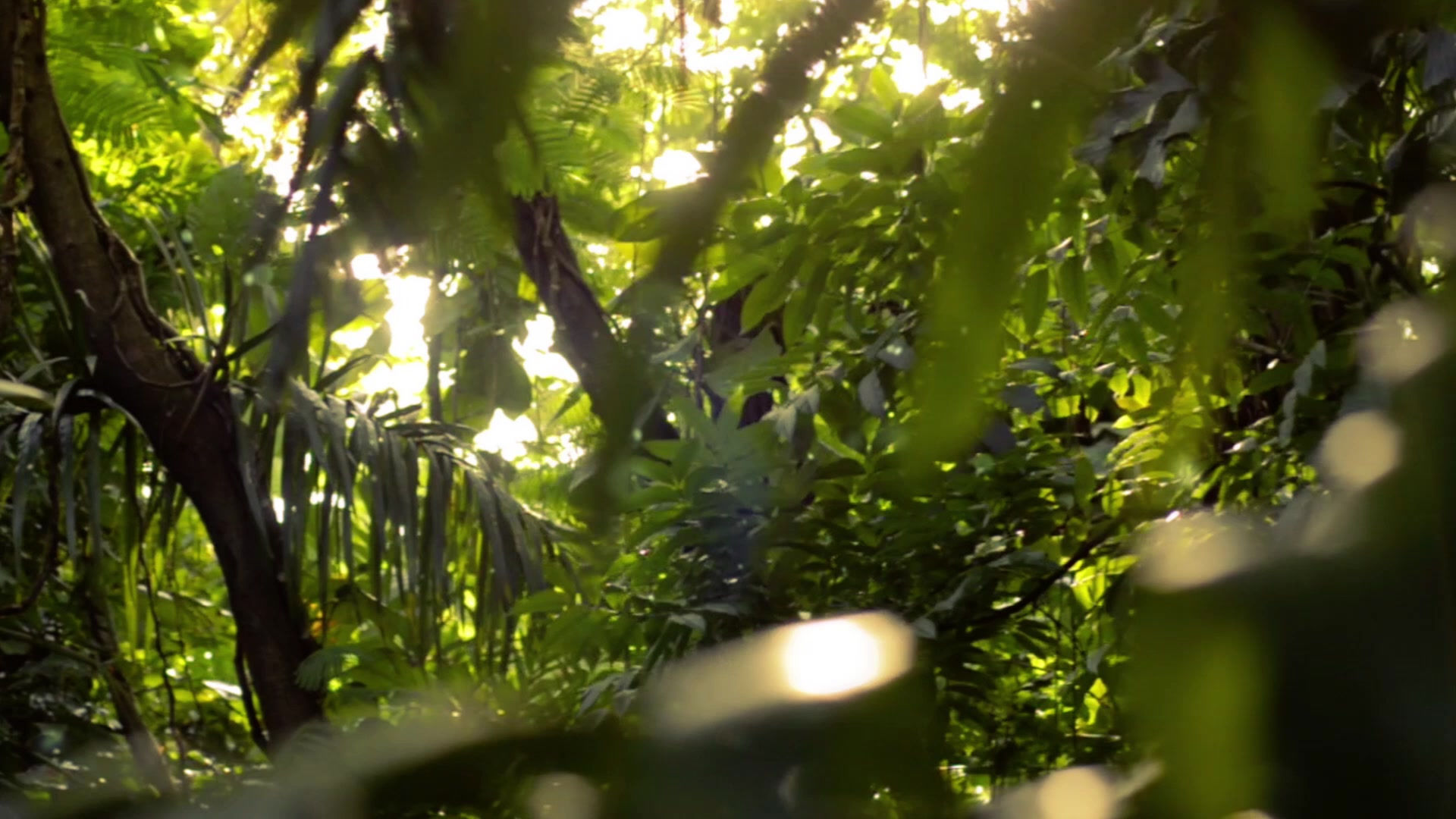
Social Economic Reasons
The Southwestern Willow Flycatcher population has drastically decreased due to many anthropogenic threats. Some of the biggest threats to this species are livestock grazing, channelization and bank stabilization , agricultural development, and dams and reservoirs. All of them have a large role in habitat loss and habitat fragmentation, which then affects patterns of species abundance and distribution at local and regional scales. Habitat loss is the number one reason why we are losing the Southwestern Willow Flycatcher. In total, there are estimated to be between 1,000 and 1,200 breeding pairs of the Southwest willow flycatcher in existence. The largest part of the flycatcher range is in Arizona and New Mexico but it includes parts of Utah, Colorado, Nevada, California and Mexico. The flycatchers migrate south in the winter to Mexico and Central America.(Julia Applegate, 2015)
Many things negatively affect the southwestern willow flycatcher such as livestock grazing, Channelization and Bank Stabilization , Agriculture development, and Dams and Reservoir.
Channelization is known to control floods, shorten, straight and narrow river channels with the aim of producing unobstructed pathways to convey floodwater. Channelization alters stream banks, but by doing so can elevate water which then allows groundwater to reach all native shrubs, trees, and flowers in the riparian. Bank Stabilization is usually to protect property from the impact of flooding, but only under some conditions certain types of flood control can protect or enhance riparian habitat. Channelization can increase the intensity of extreme floods because they reduce the movement of water flow downstream, they also ruin riparian habitats which contains the largest known population of Southwestern Willow flycatcher nest in, and 90% of their habitats are ruined other types of structures, agricultural lands, or roads and bridges, development within floodplains increases the economic justification for flood control projects, which generally decreases opportunities for maintenance and restoration of floodplain processes necessary for the continual regeneration of riparian habitats (Poff et al. 1997).
Agricultural Development entails not only direct clearing of riparian vegetation, but also the re- engineering of floodplains diversion of water for irrigation, groundwater pumping, herbicide and pesticide application. These activities negatively affect flycatchers and their habitat. Urban Development can also have an impact to riparian habitats such as the placements of homes and buildings within floodplains. The southwestern willow flycatcher has been directly affected by roads and bridges that bisect riparian habitat especially in southern California. Placement of roads and bridges have a long term effect of reducing overall habitat suitability for the willow flycatcher.
Dams and Reservoirs are supported by many smaller southwestern rivers which contain many species composition of riparian habitats. Riparian habitats are modified, reduced, or lost downstream of dams as a result of changes in flood frequency and duration (USDA, 2000)The filling of reservoirs results in the loss of riparian habitats upstream of dams. For example, the flooding of Glen Canyon resulted in the loss of southwestern willow flycatchers. Due to dams and reservoirs southwestern willow flycatcher habitat has been lost and they have suffered nest losses or bee displace. The results in loss of flycatcher nests and subsequent decline in the number breeding flycatchers.
Livestock grazing can directly disturb willow flycatchers and other species nesting by knocking over next in willow thickets or by crushing the eggs. A study by the USDA forest service said that southwestern willow flycatcher place their nests near the edge of willow clumps or alone livestock trails making them potentially vulnerable to disturbance by cattle ( flett and sanders 1987) For example, the Kern River Preserve in Kern County, California permits occasional, short duration and highly supervised livestock grazing in a small portion of the Preserve where meadows interface with riparian forest (R. Tollefson, pers. comm.). Livestock use of the Preserve, however, is not part of any annual grazing scheme. Furthermore, use is based on current ecological conditions, permitted at the discretion of and with the supervision of the Preserve Manager, and only permitted during the non-growing season
Live stock "National Agricultural Library, Agricultural Research Service, U.S. Department of Agriculture."
